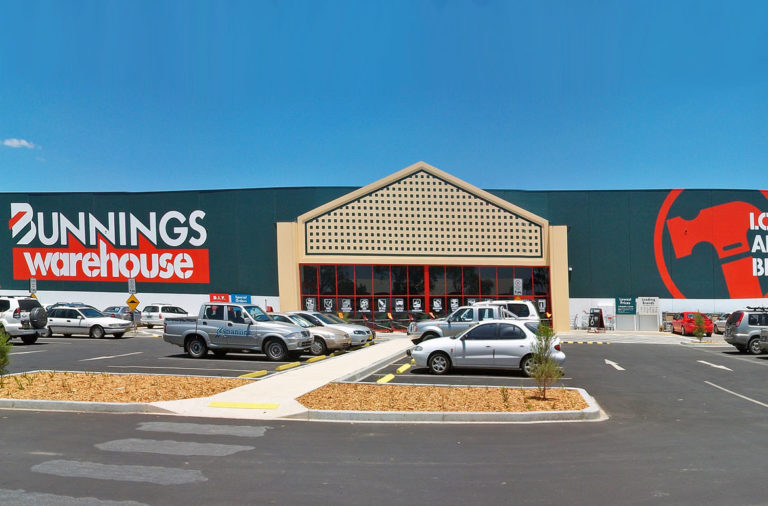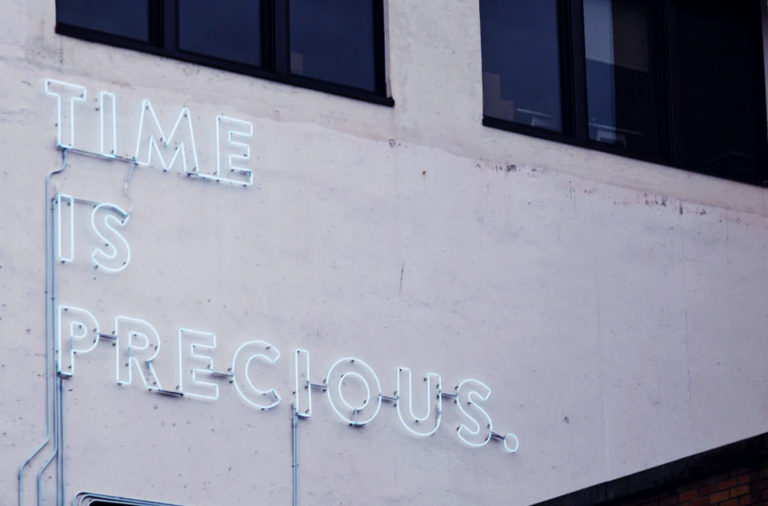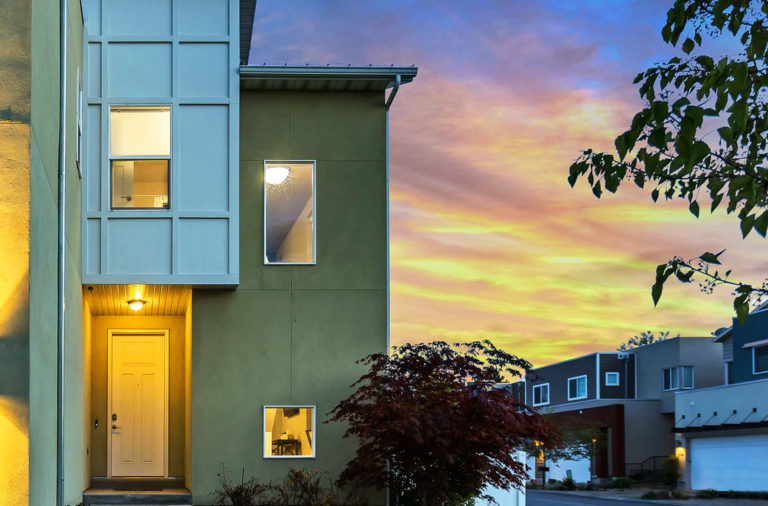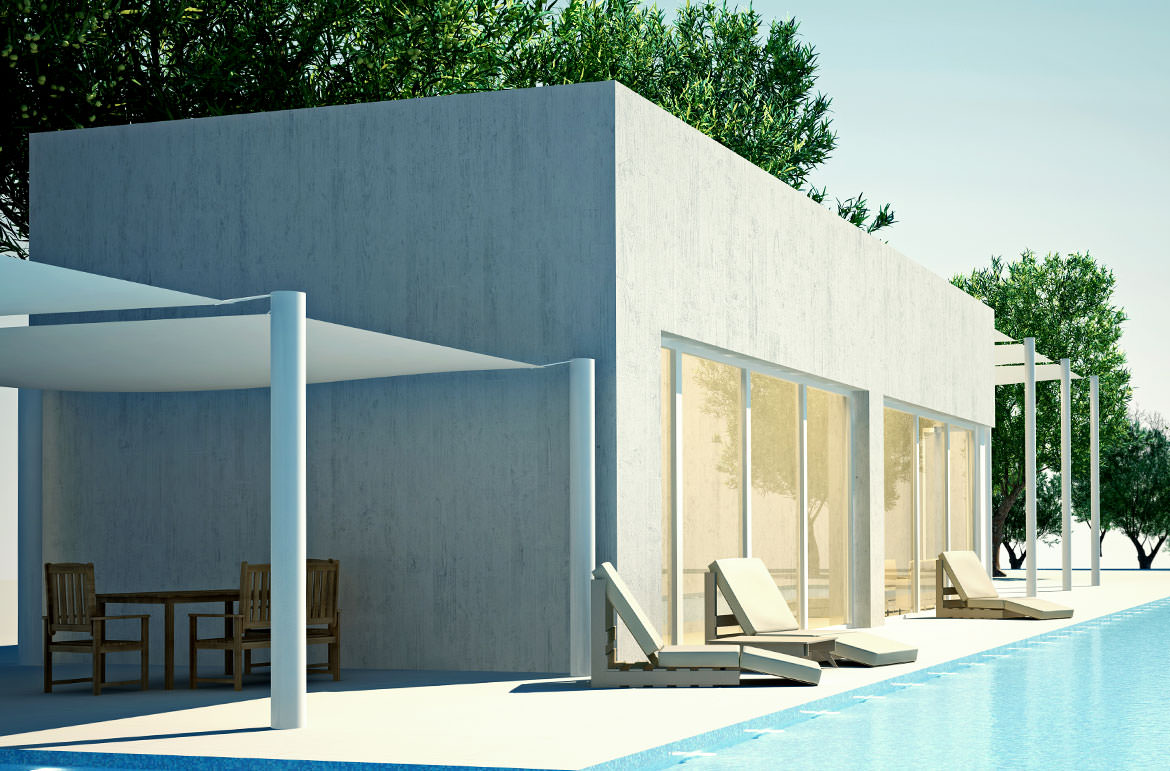
If thinking about building a granny flat, have you considered – what are your granny flat cladding options?
The materials to choose from for granny flat cladding are:
- Timber.
- Cement Fibre
- Vinyl.
- Metal (i.e. Colorbond).
- Brick-Veneer.
- Double Brick.
- Stone.
- Concrete Block.
- Concrete Panel.
- Sandwich Panel, or
- Poly Panel Render (i.e. NRG Greenboard or Masterwall).
Today I will talk about whether cladding is easy to install, and where to get the instructions for installation. I will cover the costs of the different cladding options. I will talk about which of the cladding’s you can paint, and finally, the pros and cons of each.
DON'T PAY A FORTUNE FOR YOUR GRANNY FLAT. Find out how to deal with council and build a granny flat for the lowest cost possible. Learn More.
Let’s begin, so you can choose the cladding for your granny flat.
Is It Easy to Install
Cladding is when one material is put over the top of another, providing an exterior finishing system that’s called a ‘skin’. The purpose of this is it is both decorative, and it protects the underlying structure.
It’s generally installed by the manufacturer or supplier, or another professional such as a carpenter.
However, if you wish to save some money and install the cladding yourself, it may be possible.
I used James Hardie cladding sheets when I built my granny flat, and the total cost for builders to install the cladding, the windows and eaves sheet (which only took a few days) was $5393 in labour alone. However, they were a lot heavier than I realised, so you may need some assistance if you choose to install them.
So, the ease of installation does depend on the type of cladding material you choose. Many are quick to install and have a relatively simple installation process, if you have a basic level of building skill.
While the installation method varies depending on the type of cladding you choose, you’ll typically require:
- Knowledge of standard building procedures, as per the Building Code of Australia.
- Knowledge of your fire and safety regulations, as the cladding must meet this.
- Your “white card” and “owner-builder” license.
- Carpentry tools such as nails, a nail gun, measuring and levelling tools, and a drop saw.
- A storage area for the cladding.
- Other supplies as recommended by the manufacturer, such as breathable building paper and preserving oil for timber.
However, there are certain materials that should be installed by professionals. I’ll elaborate on these under “Pros and Cons”.
Below I discuss where you can get your instructions from, another way you can see if doing the cladding yourself is a suitable option for you.
Where Can You Get Instructions From
The majority of the time, all your instructions for installing cladding can be obtained directly from the manufacturer’s website. I have provided some links for you below so you can look at the process if you like:
- Boral Timber Cladding Installation Guide.
- James Hardi Sycon Axon Fibre Cement Cladding Installation Guide.
- Cemintel Concrete Panels.
- VPI Building Products Vinyl Cladding Installation Manual.
Though, sometimes you may have to do some more research to get the specifications. For example, to find out about installing the cladding from Colorbond, you must contact them or one of their local suppliers.
How Much Do the Cladding Options Cost
The main factor to take into account when estimating the price for a cladding job is the material you choose. Generally, the more durable the wall cladding, the more expensive. However, they average around $80+ per sqm.
I’ve listed some basic prices for you below. Please note these DO NOT include the cost of labour for installation.
Installation costs for cladding is the least expensive in Victoria and Queensland, where tradies charge on average $55+ per hour.
Whereas in New South Wales, for the same service, they’ll charge $60+ an hour. Or Western Australia is the most expensive, at roughly $65+ per hour.
Note these prices are averages only – they can range from only $30 an hour to as much as $65+ an hour. This depends on the particular details of your job, so it’s a wise idea, if you’re getting someone to install the cladding, to get at least three quotes.
Now, moving onto the materials.
Timber
Prices will vary depending upon your supplier and the type of timber you choose, from $3.25 to $10.00+ per linear metre, plus other potential additional costs (i.e. sealing). Let’s run through some of these:
- Tight knot pine = $3.25 to $6.25 per linear metre, depending upon the width of the timber. 78mm is the least expensive and 178mm is the costliest.
- Australian beech = Up to $6.45 per linear metre.
- Blackbutt = May cost $7.25 per linear metre.
- Spotted gum = As much as $8.30 per linear metre.
- Blue gum select grade = Up to $8.50 per linear metre.
- Tallowwood = Might vary between $8.50 for standard grade and $12+ for select grade.
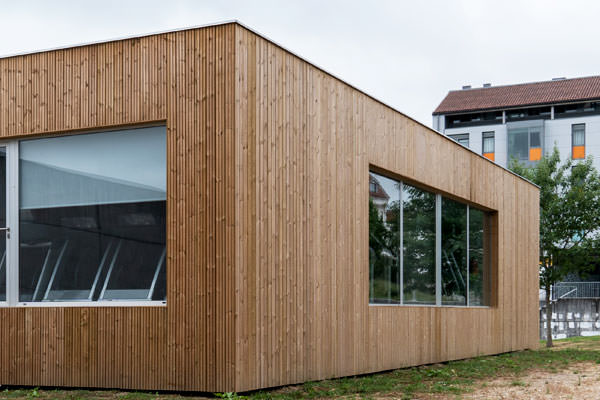
You’ll also have to seal the timber, and two coats of sealer may be required. Sealer isn’t that hard to apply, but you’ll need to work on a ladder, and it’s a little more difficult if you build a two-storey granny flat.
Cement Fibre
This type of cladding comes in a variety of sizes and shapes. It may be smooth or can also be scalloped, grooved, or nicked with an indent so they look like different panels.
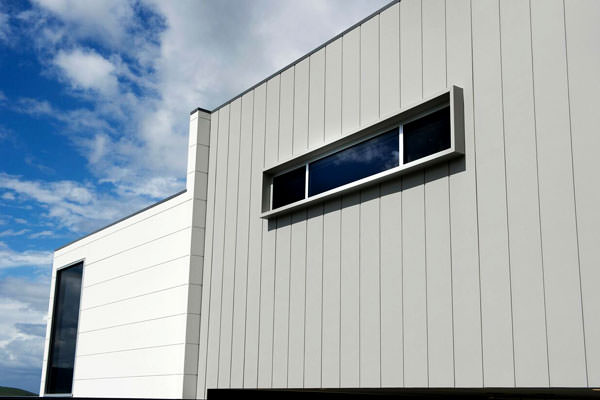
Some prices for one of Australia’s most popular fibre cement weatherboards, HardiePlank, may be:
-
$28.75 for a 4.2m long and smooth x 230mm wide.
-
$18.00 for a 4.2m long woodgrain x 230mm wide.
-
$3.20 per linear metre for a baltic square edge 175mm wide.
As mentioned, I used James Hardie cladding sheets on my granny flat – the Sycon Axon cladding to be precise. These sheets cost me $4112.50, before installation.
Vinyl
Vinyl is one of the least expensive cladding materials. You can expect to pay between $30 to $100+ per sqm, depending on what type of vinyl you purchase.
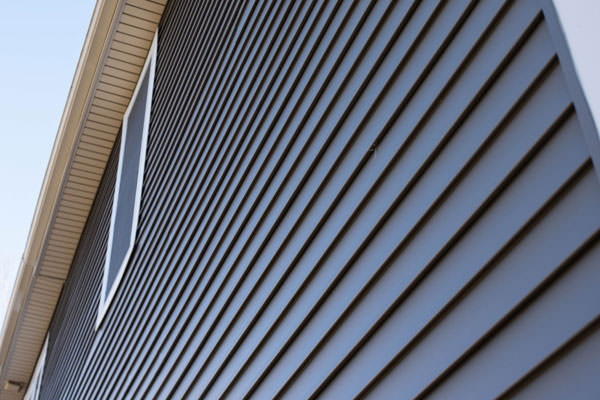
Metal (i.e. Colorbond)
This varies depending on the metal you choose. For example, a Basic Colorbond sheet is $14/sqm. Powder Coated is $21.50/sqm. Corrugated is $30/sqm. Ultra is $40+/sqm.
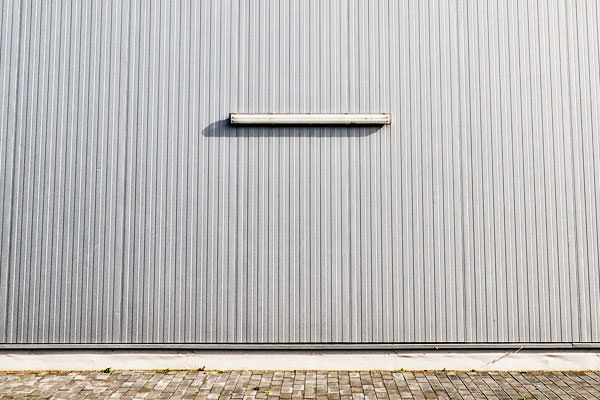
Brick Veneer / Double Brick
Bricks do vary in price, but expect to pay around $2 plus GST per brick. You’ll need 52 bricks per sqm. And the cost of laying bricks can vary quite a lot from location to location.
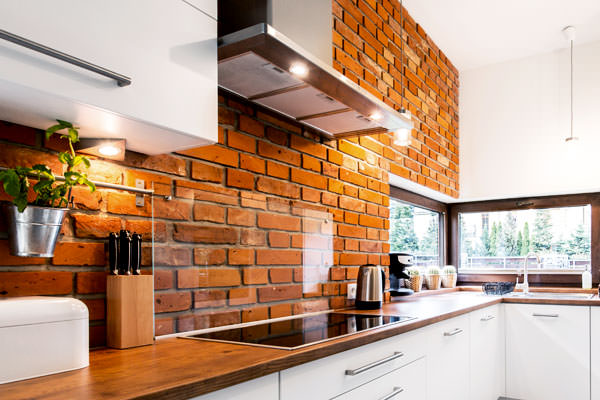
You can also have exposed brick indoors for a unique look
Stone
The cost of stone veneer can be between $100 to $150+ per sqm.
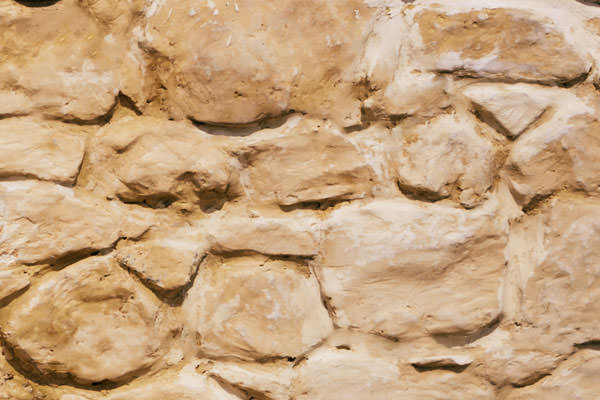
Concrete Block
If you choose interlocking concrete blocks, expect to pay $450 to $700+ per sqm.
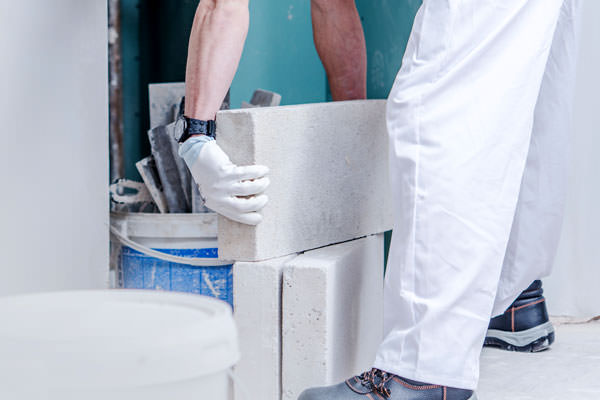
Concrete blocks come in a wide range of size and colour
Concrete Panel
A rough estimate for a precast wall panel that is similar to a tilt up panel (although smaller, to allow for transportation), can range from $160 to $250+ per sqm.
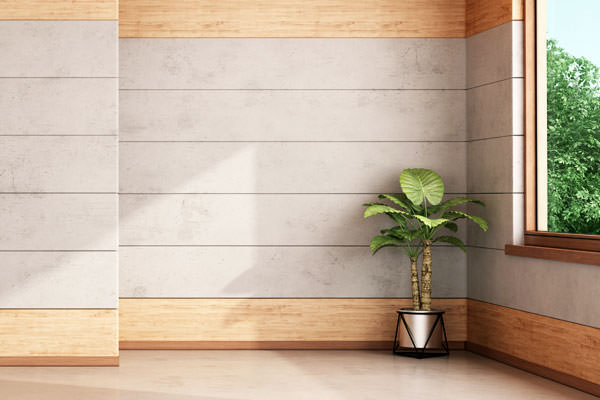
Concrete panels can be pricey – but add a very unique, modern look
You then have transport costs to take into account. As these will require specialised trucks and craning equipment.
Sandwich Panels
Sandwich Panels have a large range of prices. Depending on their length and thickness they can vary from $44.50 each to $421 each. To see the costs at just one store in Australia, view this price list.
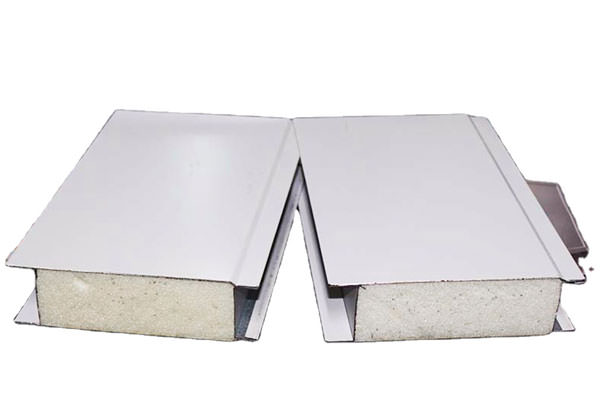
Poly Panel Render
The cost of a Poly Panel render will differ depending on the system you use, the most common being NRG Greenboard or Masterwall.
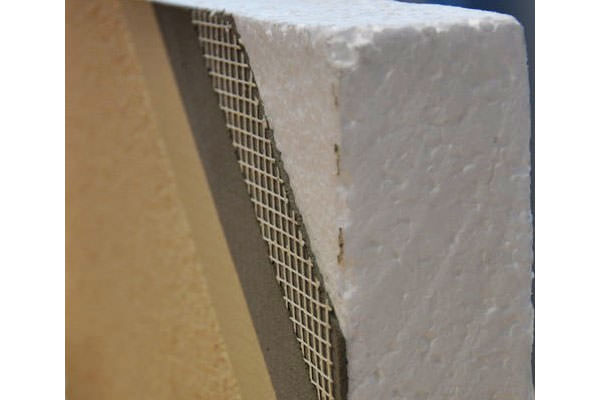
To give you an indication, the price will still differ as per the length of the panel. For a 1200mm x 2300mm x 50mm from Masterwall, you can expect to pay $82.80.
However, this is just for the panel itself, additional costs will include:
- Frame wraps.
- Trims.
- Sealants, and
- Opening flashings.
Which of the Cladding Products Can You Paint?
All cladding products can be painted – in fact, some will need to be painted more than once. I have run through the list you need to paint below.
- Timber – This will need to be painted, and then re-painted every 4 – 5 years.
- Cement Fibre – This must be painted every 15 years.
- Vinyl – This comes already painted. If you wish, you can re-paint it with water-based 100% acrylic paint, or urethane-modified acrylic paint. (Some vinyl panels are not even painted and will stand the test of time)
- Metal (i.e. Colorbond) – Comes pre-painted. Your location may impact the Colorbond steel and whether it should be double-coated, as you can see in the pros and cons below. Regardless, the bonded paint finish will fade in at least 10-20 years, so you’ll need to repaint it.
- Brick-Veneer – Painting not required, but you can paint it if you want. It can be difficult to paint, there are some great tips in this article I found.
- Double Brick – As above.
- Stone – Can be painted if you want to brighten its’ look. Just use a paint that is best for stone – I suggest latex paint, as this is more durable on stone, and has better fade resistance, flexibility, and is more adhesive.
- Concrete Block – This will need to be painted upon installation, and then re-painted every 3-5 years.
- Concrete Panel – Can be painted.
- Sandwich Panel – Sandwich panels come pre-painted, but if you would like to renew it you can re-paint it. The process can be complicated, so here are some great tips I found.
- Poly Panel Render – This can be painted, but prep work will be required, as can be seen in this article.
What Are the Pros and Cons of Each
Choosing your cladding from this long list can be tough, but your Engineer will assist you by advising you on what material works best for your design, property, and foundation.
They can also give you their professional opinion about exterior cladding options. But I’ll help by giving you the pros and cons of each.
Timber
Advantages:
- Looks more authentic than vinyl, particularly up close.
- Its’ appeal will add character and charm to your granny flat.
- Meets, in some regions, heritage requirements for granny flats (such as Chatswood, Sydney).
- Environmentally friendly, as sustainable timber is used.
- Naturally provides good insulation.
- Although not as flexible as vinyl, it typically never cracks due to movement.
- Has long-term durability.
- BAL (bushfire) rating up to BAL 29.
Disadvantages:
- Requires painting and must be re-painted every 4-5 years.
- Quite expensive in comparison to other options such as vinyl-cladding or cement fibre.
- Sharp items can damage it.
- Not as insulated as brick, so won’t offer as much noise resistance (though modern insulation can assist).
- Unlike cement fibre, it can expand and contract, meaning it’s susceptible to leaking and water damage.
Cement Fibre
Advantages:
- Inexpensive.
- Easy to maintain – it only needs repainting every 20 years, and pressure-washing with a mild detergent once every couple of years.
- The thinnest option for cladding your walls, which is something important to take into account when considering how much internal floor space there is in your granny flat.
- Many times, its thermal insulation matches that of brick.
Disadvantages:
- Levels of acoustic are not to the same grade as brick.
- When comparing to brick, can come off second-rate.
- If hard, small objects exert force upon it, they can indent it.
- Contaminants can wash-away its’ colour and radiation if you do not wash it as I recommended above (that is, if you use cheap paints, which I highly suggest you don’t).
Vinyl
Advantages:
- Low-priced and cost-effective.
- Comes already painted, so you have a choice of a variety of colours, and often a wood grain or smooth finish.
- Needs little maintenance – simply wash it with mild detergent every 5 years or so. Most people do not even do this, but it’s definitely wise to do.
- Also very thin, so doesn’t take much away from your floor space.
- Modern thermal vinyl’s insulation is equivalent to both brick and block.
- Flexible, which allows for movement, meaning it will not crack.
- Can hold up against harsh weather conditions.
- Its lightweight construction means it’s easier to install.
- Should be UV resistant and flame resistant (I advise you check this as the quality of the vinyl cladding can be very important).
Disadvantages:
- Not as soundproof as brick or concrete blocks (but you can use modern sound insulation to help).
- Severe force from little, hard items will cause indentation.
- Almost zero maintenance – just pressure wash with a mild detergent once every five years, to stop pollutants washing-away its’ colour and gloss.
Metal
Advantages:
- Less expensive than everything except vinyl.
- Comes pre-painted, and generally doesn’t need a lot of maintenance as it has been coated and bonded to withstand Australia’s extreme weather conditions. Though see disadvantages as your location may affect this.
- Overall thickness of the walls is minimal, so it doesn’t take much from your internal floor space.
- Choice of many colours.
- Long lifespan.
- Resists chipping, flaking, and blistering.
- Fire resistant.
- Lightweight, so easier to install.
- As long as installed to manufacturer’s specifications, will create a secure, weather-tight, waterproof building.
- Colorbond is made from corrugated metal, and has solar reflective colours, both of which help enhance its’ thermal efficiency, making it highly energy-efficient.
- Environmentally friendly.
Disadvantages:
- Not as soundproof as other choices.
- Most people tend to look at any metal cladding as a lesser quality than all other options.
- Prone to corrosion, particularly if sharp items damage its’ protective coating.
- Your location may affect Colorbond steel, so special grades of steel are needed if you live in a difficult environment, such as near the ocean, or you experience cyclonic conditions, or are vulnerable to industrial or chemical fumes. Refer to this article which contains more information if you’re looking at Colorbond cladding.
- In 10-20 years it will require re-painting, as the paint they use will begin to fade.
- Can be noisy, as the metal will expand and contract in the hot and cold weather.
Brick-Veneer
Advantages:
- Modern looking in comparison to other horizontal cladding materials (such as timber).
- Most people think that brick adds more value than other cladding materials.
- Needs basically no maintenance.
- Doesn’t need painting, but you still have a wide range of different colours, finishes, textures and glazes to choose from.
- Practically indestructible.
- Fantastic match to the primary dwelling, particularly if it is visible such as on a corner lot, or built on the side of the main home.
- Has great soundproofing qualities.
- Bushfire rating up to BAL29.
- Environmentally friendly, as bricks are recycled.
- Bricks are thermally efficient, durable, and weatherproof.
Disadvantages:
- The internal floor space you lose with brick veneer is roughly 5.8sqm, which is approximately 10% on top of other options. This makes a huge difference in a granny flat, when you are already restricted by the floor space you’re allowed.
- More expensive than other options (roughly $6500 more than vinyl cladding).
Double Brick
Advantages:
All advantages are as above for brick veneer.
Disadvantages:
- You lose a lot of internal floor space – roughly 11sqm, or 20% of space compared to other options.
- Costs roughly $1500 more than brick veneer.
- Cracks may eventually begin to show if your foundation is unstable or soil is reactive.
Stone
Advantages:
- Stylish and elegant.
- High density stones absorb less water, so discolour slower.
- May or may not need much maintenance. Natural stone cladding can be maintained easily, as any dirt won’t show. But lighter colours will require regular washdowns, so they don’t stain.
- Its’ appeal adds value to the home.
- Natural stone is very durable, a great insulator, is resilient against extreme weather, fire resistant, and will hold up against any abrasions or scratches.
- Thermally resistant.
- Acoustic qualities.
Disadvantages:
- Can be expensive – simulated stone is a little less costly. Natural stone can be more expensive than other cladding options.
- More labour intensive than all other types of cladding. A professional will need to install this, as several steps are required to make sure it’s installed correctly.
- Natural stone also needs a structural substrate so it stays stable.
Concrete Block
Advantages:
- Contemporary looking.
- Great choice for fire rated walls.
- Excellent sound insulation.
Disadvantages:
- A lot of internal floor space will be lost – roughly 5.8sqm, or 10% in comparison to other cladding options. As mentioned, this isn’t ideal.
- Quite expensive compared to vinyl (about $8000 more).
- Must be sealed, rendered, painted, and then re-painted every 3-5 years. In between re-painting, it must be washed once a year, so it doesn’t streak.
- Can crack after several years – typically after your 7-Year Home-Owner Warranty has expired, so you won’t be insured.
- Has no internal wall cavity, so it can be difficult to run new wiring and plumbing.
- Lack of internal wall cavity can also lead to eventual issues with rising damp, particularly if built by an inexperienced builder.
- Due to the above, this is better installed by a professional.
Concrete Panel
Advantages:
Advantages for concrete panels are the same as those for concrete blocks above. In addition, there are:
- Great choice for dwelling built close to property boundary.
- Modern, smooth finish which can be painted or rendered to your choice of nearly any colour.
- Lightweight, so easy to install.
- Durable.
Disadvantages:
- Internal floor space lost is approximately 3sqm, or 5% on top of other cladding options.
- Must be sealed, rendered, and painted, then painted again every 3-5 years. Must also be washed yearly to avoid streaking.
- Requires substantial roof-eaves, as they will protect the face from being polluted or weathered.
- After a few years, may crack at vertical joins.
Personally, I think cladding using either prefabricated concrete panels, or concrete poured on-site, is the best option.
More pros and cons of concrete can be seen here.
Sandwich Panel
Advantages:
- Lightweight and quick to install.
- Modern, popular material.
- Fantastic thermal and acoustic properties.
- If purchased pre-painted, requires virtually no maintenance.
Disadvantages:
- Can be tricky to run electrical, plumbing and other services through sandwich panel, especially after it has been installed.
- Majority of people view sandwich panel as a cheaper approach to building.
- Has foam as its’ inner core, which can be damaged by water or pierced.
- Prone to being dinged, dented, or other external damages.
- The foam can have some fire-risk connected to them, such as a house fire destroying the entire granny flat. As such, it is not recommended if you live in a bushfire zone.
- Tends to look best when done by experienced installers.
Poly Panel Render
Advantages:
- A modern, alternative finish.
- Has great thermal and sound properties, and good insulation.
- Needs little maintenance. Just hose it down occasionally.
- Lightweight.
- Can be rated up to BAL29 and Cyclonic C4.
- Energy efficient.
Disadvantages:
- Not as durable as other options, such as Bricks.
- If damaged can be hard to repair.
Conclusion
Granny flat cladding is made from many different materials. I hope I’ve given you some insight as to what you’d like for yours.
When ready to begin building, you can read about how to DIY your granny flat.



